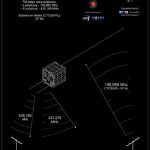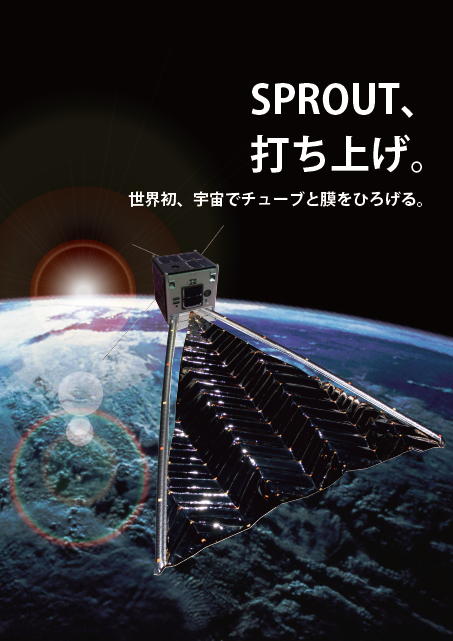
In a message to the LituanicaSAT-1 team, AMSAT-NA OSCAR Number Administrator Bill Tynan, W3XO announced, “LituanicaSAT-1 has met all of the requirements for an OSCAR number. My findings from information provided to AMSAT-NA and IARU officials confirm this to be true. Accordingly, under the authority vested in me by the AMSAT-NA President, I do hereby assign LituanicaSAT-1 the designation LituanicaSAT OSCAR-78, or LO-78. I, and all of the amateur radio satellite community, wish LituanicaSAT OSCAR-78 a long and successful mission.”
On behalf of the LituanicaSAT-1 team, Simon Kareiva, LY2EN replied, “It is my honor and pleasure to accept this assignation. Our team is focused to keep LO-78 operational for the benefit of amateur radio as long, as it is possible for a small cubesat. Thank you very much, Simon LY2EN.”
The LituanicaSAT-1 team has announced activation of the FM transponder. A general rule to find out if the transponder is working at the moment is to monitor the beacon frequency on 437.275 MHz. If you can hear CW FM beacon it means that transponder is off, if you cannot hear it – the transponder is on. The transponder frequencies are approximately 435.1755 MHz (+/- 10 kHz Doppler shift) for the downlink and 145.950 MHz for the uplink with 67 Hz CTCSS.
[ANS thanks Bill Tynan, W3XO, AMSAT-NA OSCAR Number Administrator for the above information]

